
English Instructional Plan – Citing Sources 6-8
- Subject:
- English
- Research
- Material Type:
- Lesson Plan
- Author:
- VDOE Project Team
- Date Added:
- 04/22/2022

English Instructional Plan – Citing Sources 6-8
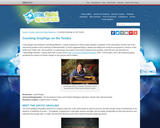
This article profiles Linda Deegan, scientist with the Arctic Long-Term Ecological Research site in the Kuparuk River region of Alaska, as she counts and tags Arctic grayling as they migrate from streams to lakes in the fall.
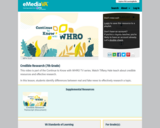
This video is part of the Continue to Know with WHRO TV series. Watch Tiffany Hale teach about credible resources and effective research.
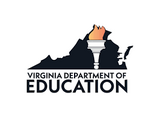
English Instructional Plan – Crowd Sourcing False Premise Analysis and Rewriting for Clarity
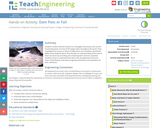
Students conduct Internet research to investigate the purpose and current functioning status of some of the largest dams throughout the world. They investigate the success or failure of eight dams and complete a worksheet. While researching the dams, they also gain an understanding of the scale of these structures by recording and comparing their reservoir capacities. Students come to understand that dams, like all engineered structures, have a finite lifespan and require ongoing maintenance and evaluation for their usefulness.
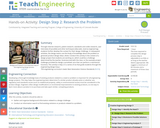
Through Internet research, patent research, standards and codes research, user interviews (if possible) and other techniques (idea web, reverse engineering), students further develop the context for their design challenge. In subsequent activities, the design teams use this body of knowledge about the problem to generate product design ideas. (Note: Conduct this activity in the context of a design project that students are working on, which could be a challenge determined by the teacher, brainstormed with the class, or the example project challenge provided [to design a prosthetic arm that can perform a mechanical function]. This activity is Step 2 in a series of six that guide students through the engineering design loop.)
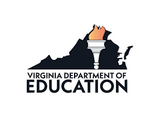
English Instructional Plan – Determining Validity of Sources 6-8

This is a collaborative task that can be modified to be accomplished by students in both the face to face and the virtual environment. The task involves researching chronic medical conditions and evaluating data provided in a case study in order to make conclusions about potential disease diagnosis, prognosis, and treatment.

Check out how a Science 6 CLT from Arlington, Virginia partnered with the school librarian, resource teacher for the gifted (RTG), SPED teacher, and English Learner (EL) teachers to engage and support all students in a personal research project...remotely! We are sharing our project resources, experiences, and how this project personalizes distance learning.
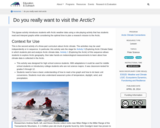
This jigsaw activity introduces students with Arctic weather data using a role-playing activity that has students read and interpret graphs while considering the optimal time to plan a research mission to the Arctic.

In this science-based unit, students explore the world of energy. In the first half of the unit students learn what energy is, the different ways that energy is transferred from place to place, and the ways energy can be converted from one type to another. In the second half of the unit students explore the pros and cons of different types of renewable and nonrenewable energy. After learning about the different types of energy, students will grapple with what the world's energy future will look like if more renewable solutions aren't found, particularly in their communities. Through a combination of reading and research, it is our hope that students begin to build a deeper understanding of energy and its influence on our lives.
This unit builds on to the informational reading skills and strategies developed in previous units. At this point in the year we assume that students are able to actively read and annotate informational texts in order to build understanding of a topic. Therefore, the focus of this unit is on refining students' ability to use different strategies to comprehend denser scientific texts. In particular, students will continue working on determining the main idea, summarizing key details, explaining cause and effect, using text features to improve understanding, and explaining how an author uses text features to elaborate on key concepts and ideas.

Students will find, evaluate, and select credible sources to create a research product.
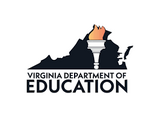
English Instructional Plan- Evaluating Research Sources 3-5
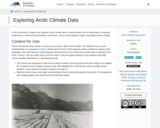
In this activity, students use authentic Arctic climate data to explore albedo and its relationship to seasonal snowmelt as a self-reinforcing feedback mechanism, which is then applied to large scale global climate change.
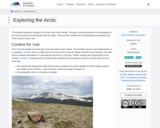
This activity introduces students to the Arctic and Arctic climate. Through a virtual exploration of the geography of the Arctic students become familiar with the region. They are then introduced to meteorological parameters that Arctic research teams use.
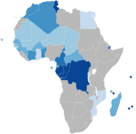
Students select a francophone African country to research and present on.
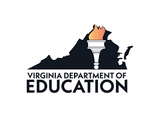
English Instructional Plan –Generating Questions for Research K-1
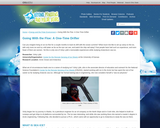
This article describes a researcher's history of studying sea ice and the dynamic nature of observed changes to the sea ice in the polar regions.
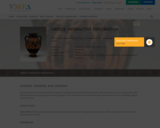
Who were the Ancient Greeks? Explore more about the Ancient Greeks and what they valued as a society in this Interactive Exploration.
This resource consists of two different types of looking, thinking and learning activities. These activities call on students' observation and critical thinking skills as they closely examine selected objects from Ancient Greece. The activities explore the themes of mythology, religion, sport, and trade.
The "Look at This" activities provide close-up views with guiding questions and background information. Students will learn more about what the ancient Greeks valued as a society.
The "Surprise Me" activities offer pop-up hot spots on selected objects to reveal intriguing information about Greek religion, gods, goddesses, trade, sport and mythology. Students will investigate how these objects relate to Greek religion and human need for protection from harm and healing from disease and injury.

This represents an entire unit designed to be cross curricular in nature for English 11 and VA/US History. The Historical Fiction Research Unit Google Doc can be found here and contains various links to additional resources to support this unit of study.The "before", "during", and "after" are included in each day for this series. The unit will take approximately 12 days.